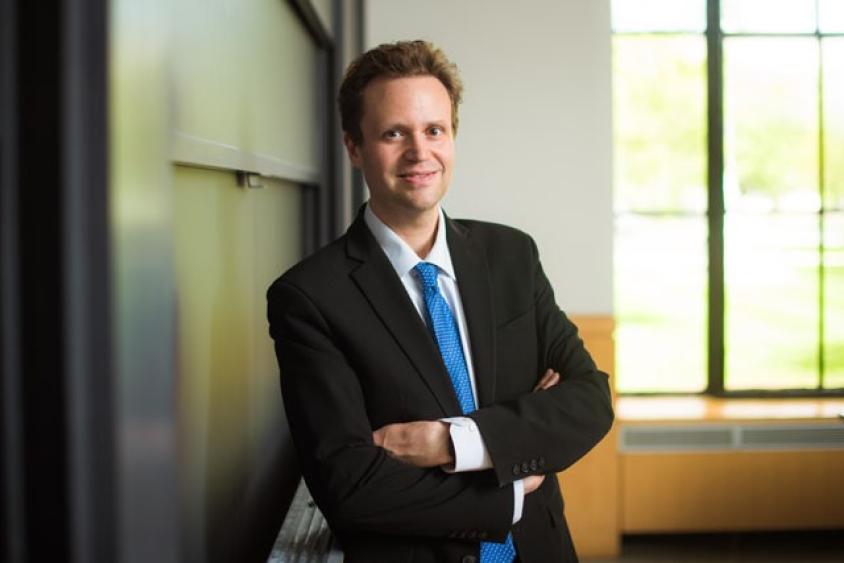A “Natural” Approach to Engineered Materials

Markus J. Buehler, McAfee Professor of Engineering at MIT
As part of Machine Design’s 90th anniversary issue in January, we’ve asked industry experts to take a look at the present and future of technology and how it will impact the design and operation of manufacturing over the next decade.
Q: What strategies are emerging to help design engineers address problems?
Prof. Markus J. Buehler: Modeling is playing an increasing role, especially looking at multiple scales. I work in materials science and designing materials from the atomic level up is becoming a reality. Many advances are now driven by data methods, such as AI and ML (machine learning), which are playing an increasing role.
An interesting feature that many materials designers are now exploring is VR (virtual reality). Optimization enabled by AI, exploration and human interaction with VR, and manufacturing new products using 3D printing and other smart production techniques is increasingly relevant.
We would like to see products more like living machines that interact with, and respond to, the users (humans). Imagine a metal that can be more flexible on demand, or if a user desires it? Can you imagine multifunctional materials that repair themselves or suggest configurations just like apps or websites do? The material world today is largely static and passive, but we see exciting opportunities to change that.
Q: What keeps us from realizing these goals?
Buehler: We still need to be able to better capture multiple design objectives—not only the function of a material but also its energy/carbon footprint, recyclability, and other aspects. We also need new methods to more intuitively visualize and capture hierarchical multiscale design.
I already discussed AI above. Materials are becoming increasingly connected—to measure its state (e.g., whether it is cracked) and also to make materials “smart” so that they can sense damage, repair, and reconfigure themselves to create multiple properties on demand.
Q: What’s the big challenge for the future? And what’s the opportunity that comes from that challenge?
Buehler: The materials design community is small, but the users are many, including everything we use in our daily lives from computers and phones to transportation like cars and planes and the roads we drive on. We need to find a better way to integrate the design process with what the end-user needs and how the needs can change. This will allow for a more integrated design approach.
Materials as machines is an exciting trend but designing materials can take decades. AI/ML and VR combined with smart manufacturing can speed it up, but we still have a long way to do. Making engineered materials more like nature—as living systems that operate as “machines”—is a worthy goal to explore that addresses many of the global challenges.
Markus J. Buehler is the McAfee Professor of Engineering at MIT. In his research, Buehler pursues new modeling, design, and manufacturing approaches for advanced biomaterials that offer greater resilience and a wide range of controllable properties from the nano- to the macroscale. His most recent book, Biomateriomics, presents a new paradigm for the analysis of bio-inspired materials and structures to devise new biomaterial platforms, and using a mathematical categorization approach that connects insights from disparate fields such as materials, structures to music and language. In addition to his regular teaching at MIT, he offers an annual professional education class, “Predictive Multiscale Materials Design”.
Source: MachineDesign


